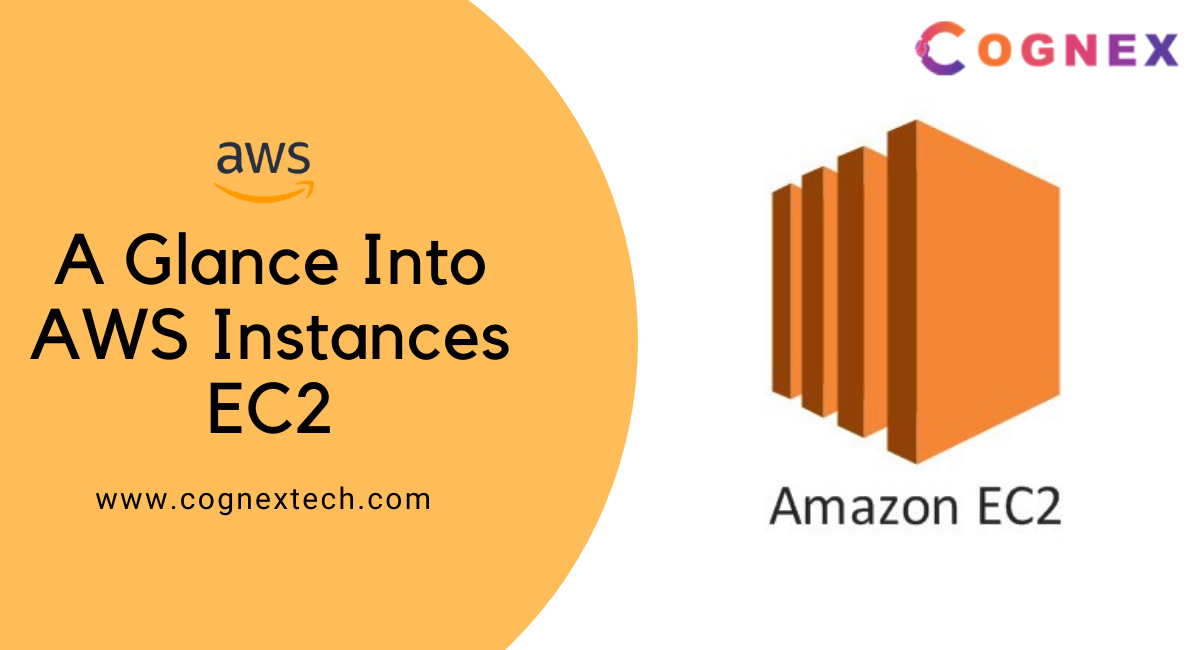A Glance Into AWS Instances EC2


Instances are the driving force and the linkage connecting different facets of cloud architectures. It's a virtual device on which tasks, applications, etc. can be run and managed independently on many devices from remote locations. Cloud services are now popular and being used by almost every individual and business directly or indirectly. It involves storing, transferring, controlling, and accessing large amounts of data on external servers with ease. You do not have to worry about building a complex IT infrastructure of your own anymore.
AWS instances are flexible and scalable to suit your requirements which makes them the most popular among users. The trial period of AWS services of a year allows you to explore and select the suitable products to run your tasks. To simplify your job, AWS has categorized the instances based on their uses. For professionals, who want to grow their careers in the cloud industry, knowing about various instances is essential. Let's look into the categories of instances and understand how they work.
AWS EC2 instances can be divided into five major categories general, storage-based, memory-based, computing-based, and accelerated computing. Each category has a set of instances that can be utilized according to the customized needs of the clients.
General-purpose instances
The general category instance is a balanced environment to manage workloads that require an equal amount of computing, storage, and network resources. Tasks involving development, web servers, testing on iOS, etc. can be carried out on the general EC2 instances A1, T family, and M family. You can opt for this instance while working on frequently changing workloads. When not in use the CPU credit is accumulated for later use.
Storage optimized instances
Storage instances are available with variable configuration to store a large amount of data such as logs, network file systems, analytical workloads, etc. The storage instances i3, H1, and D2 have unique features that support different storage requirements of businesses.
Compute-optimized instances
To manage heavy workloads and high-performance you need compute instances. EC2 instances C5, C5n, and C4 are capable of handling complex structures without compromising on performance.
Memory-optimized instances
The memory instances include R5, R5a, X1, X1e, and high memory to support clients while dealing with applications like big-data analysis, large caches, and databases that required an intensive memory capability. The High-memory has the largest RAM that is available only on dedicated hosts.
Accelerated computing
Accelerated computing is used for specific tasks such as graphics processing and data pattern matching. It uses hardware accelerators and high-performing co-processors to optimize the results of complex tasks.
AWS training covers the EC2 instances with practical applications and allows the engineers to gain knowledge on implementations. Cognex technologies offer AWS training and certification to individuals and cloud professionals with flexible class sessions and expert guidance. The lab sessions include practical procedures of deploying, managing, and securing the infrastructure using various instances. Engineers with varied proficiency and experience can choose any of the AWS training courses as there are twelve certifications and specialties available.
Leave a comments